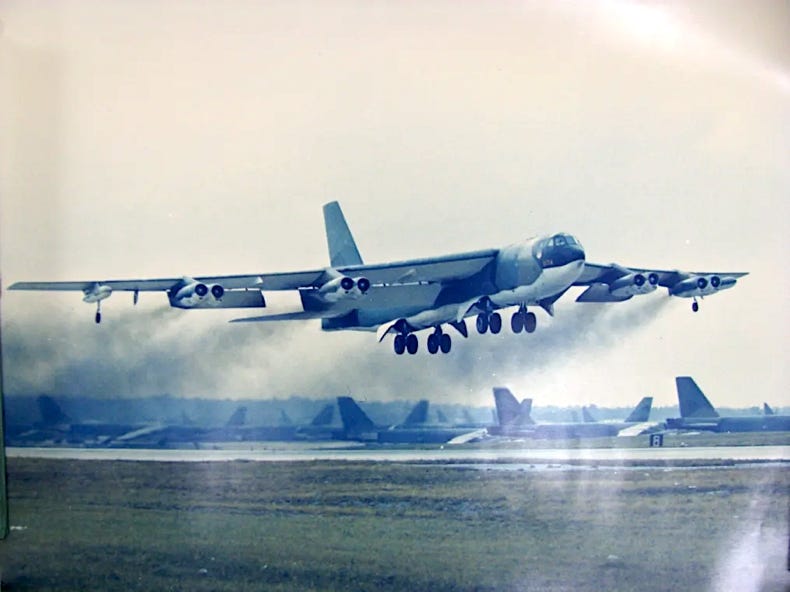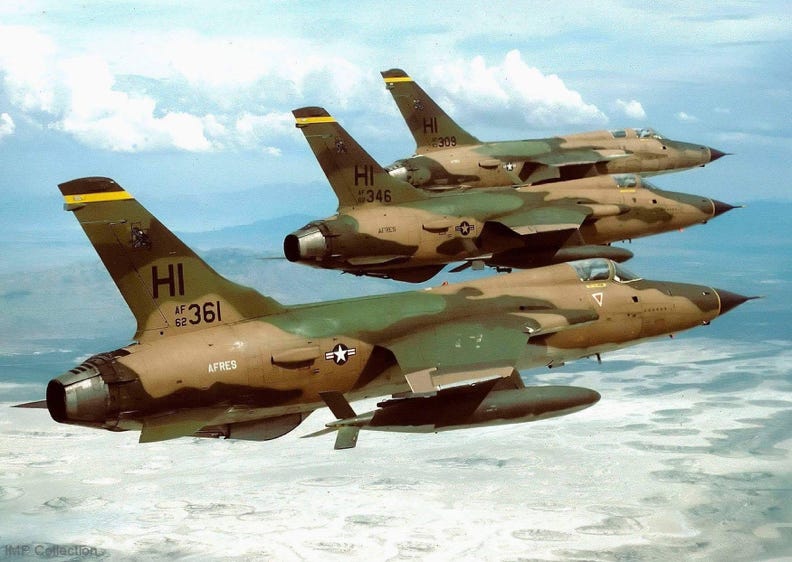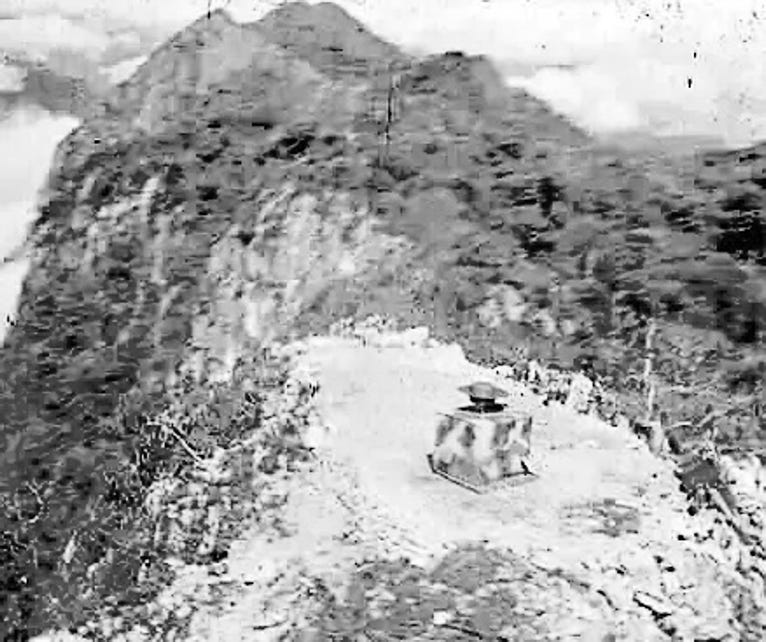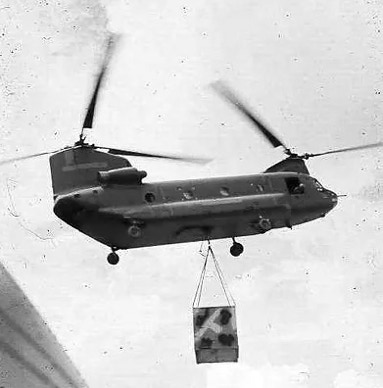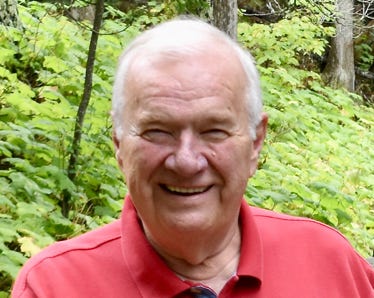DUTY, HONOR, COURAGE, RESILIANCE
Talking Proud: Service & Sacrifice
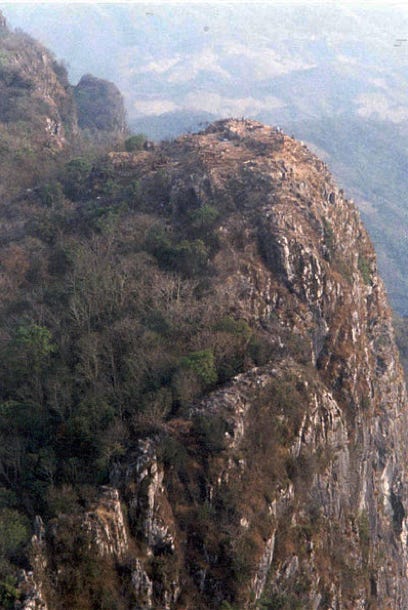
Lima Site 85, Laos: Exceptional Courage Against Impossible Odds
The Bombing Campaign
US policymakers and military leadership felt they could persuade the NVN to abandon its war in the RVN by bombing strategic targets in the NVN.
Early in the Vietnam War, 1965, the US military leadership and some in Congress wanted to take the war into the NVN, on the ground, in the air, and by sea. President LBJ refused to do that. The fear was that taking the ground war into the NVN would involve confrontation with the USSR and China.
President LBJ reluctantly decided on sustained air bombardment of the NVN. However, the campaign would be done in steps, each more provocative than the other, each intended to cause NVN to stop the war. The bombing campaign was called “Operation Rolling Thunder.”
To start, the US bombed targets just on the north side of the DMZ to try to get the NVN’s attention. If the NVN did not call for peace, the attacks ramped up a little farther north. Eventually, the USAF bombed targets deep into the NVN, including Hanoi and its near environs.
The USAF was unprepared for this kind of air war.
The B-52 strategic bomber was the only all-weather, day-night capable aircraft the Air Force had. LBJ would not use it for attacks in northern NVN. The USAF turned to the F-105 Thunderchief as its primary weapon against the deep targets.
The problem was that the F-105 was designed, and its crews were trained for high-speed, low-altitude nuclear strikes against targets in the Soviet Union. Modifications to the aircraft were needed, and the pilots had to learn on the job. But that’s not all.
The USAF did not have tactical air navigation systems to help its pilots find targets. Once they found a target, they would have to bomb it based on their visual sighting and flying skills.
The demands on F-105 pilots were enormous. These demands were made more difficult as they sat at tables in the ready room reading volumes of rules of engagement (ROE) imposed on them, primarily for political purposes and tying their hands.
TACAN Navigational Aid – LS-85
Operation Rolling Thunder highlighted that the pilots needed a Tactical Air Navigation System, a TACAN. In many instances, they did not even have good charts, and bombing targets in the NVN was a completely new undertaking.
So, the first problem the USAF would tackle was to provide a TACAN facility to help the pilots know where they were deep over enemy territory and find their targets.
The USAF had TACANs in the RVN and Laos, but none could help flights deep into NVN in the Hanoi area. The USAF required a new TACAN site in Laos that could help.
General Vang Pao recommended a TACAN be situated on the mountaintop of Phathi, LS-85. However, he was concerned about the area's high levels of enemy activity. Keep this concern in mind.
US Ambassador to Laos William Sullivan, on the one hand, supported TACAN systems in Laos to help protect innocent Laotians from air attacks. On the other hand, he knew TACAN was not foolproof. Some mishaps revealed that error-free air campaigns were not guaranteed in Laos, even when a TACAN was available.
In fairness to the pilots, bad weather, jungles, mountainous terrain, a commonality among the targets, and aircraft speeds made their tasks quite difficult, as did the libraries of ROE.
Nonetheless, the USAF selected LS-85 for the TACAN installation. Ambassador Sullivan supported the installation and took the request to Laotian Prime Minister Souvanna Phouma for approval. Souvanna approved it on the condition that no military members would operate it. Sullivan agreed with that.
It was widely known that the NVA did not like the TACAN. They knew what it did, and they had been known to attack Lima Sites collocated with a TACAN system. In short, installing a TACAN at a Lima Site elevated the risk to the Lima Site.
Sullivan, at the time, felt security was good at Phathi. Three sides of Phathi were sheer cliffs thought to be impregnable, and the fourth, the shallower slope, had a landing zone to enable evacuation, and the Hmong defended it.
The USAF's 1st Mobile Communications Group (MOB) installed five TACANs in Thailand in 1965 and three in Laos. The 1st MOB was tasked with installing the TACAN on top of Phathi Mountain, on the western side, overlooking the sheer cliff. Richard Grimes and William "Gary" Boros have a great website that explains the installation at LS-85. I commend their story to you.
Some F-105 pilots thought the TACAN at LS-85 was a positive. Ed Rasimus said it was “accurate to an unheard-of degree.” Another was not confident, saying it was “sufficiently accurate to get you near enough to the destination to locate it visually.” In the end, he preferred visual contact with the target.
A member of the 1st MOB installation team described security on the mountaintop as follows:
"Security was provided for us by the Hmong living on the mountain and General Vang Pao's troops at the base of the mountain. Also, a Thai PARU (Police Aerial Reinforcement Unit) crew is a few yards from us. Shortly after getting operational, we were warned that an attack was likely to happen that night (which would be during September 1966). The PARU, instead of going on a search and destroy, hid in our tent (That was not a good omen). Gary (Lt. Boros) tried to get the Thai removed from the mountain. That was unsuccessful.
"Everyone considered the place impenetrable. The TACAN was on top and a sheer drop on three sides. The Hmong were armed with everything, including crossbows and hand-made flintlock rifles. The North Vietnamese or Pathet Lao will not make it to our site."
He was facetious in this latter comment, but his point stands. It’s now August 1966, and the TACAN became operational in September. There has already been a threat of an NVA-Pathet Lao attack.
The NVA once held Phathi but then lost it. It is reasonable to assume the NVA wanted it back, in large part because the Hmong were landing punches against the NVA with the help of the CIA. This was valuable property.
General Vang Pao told the New York Times on August 19, 1965, that the military situation in this province was “serious.” He told the paper the NVA and Pathet Lao had moved into the province in force.
The NVA watched the USAF execute its most significant expansion of air bases in Thailand in 1966, adding more F-105s and F-4 Phantoms, with some 400 aircraft in Thailand by year's end. The intent was obvious: Attack deep into NVN from Thailand and attack NVA targets on the Ho Chi Minh Trail and its buffer zones in Laos.
The prospect of bringing a TACAN system to Phathi alerted the NVA. They could see two large CH-47 Chinook helicopters bring in a TACAN system, set it down on the mountaintop, and deliver the American installation team and its support equipment to the LS-85 helipad.
US Command & Control
I hate to do this to you, but I must address the US military command and control system employed in Indochina. It is mind-numbing. John T. Correll, then editor of Air Force Magazine, called it “Disunity of Command” in his January 1, 2005 article. Correll wrote,
“Unity of command—a basic principle of war since Napoleon’s time—was an early casualty in Southeast Asia.”
Bear with me while I address this subject from an airpower perspective. Add in the blue-water navy, and it all becomes tortuous.
Our Airmen at LS-85 were affected by what I will now generalize:
- The 7th AF in Saigon, RVN, controlled USAF fighters attacking targets in RVN.
- The 7th AF commander reported to the US Military Assistance Command Vietnam (MACV), responsible for the ground and air war in RVN, coastal surveillance, and river patrol forces.
- The 7th Air Force was directed by the Pacific Command (PACOM) and Pacific Air Force (PACAF) in Hawaii for operations deep into NVN.
- On a daily basis, the 7th AF, working through its subordinate command, the 7th/13th AF at Udorn RTAFB, tasked USAF fighters in Thailand with attacking targets deep into NVN
- US air operations in northern Laos were controlled by PACOM, by MACV in southern Laos. Air attacks against targets in Laos required the approval of the US Ambassador to Laos.
- The Strategic Air Command (SAC) controlled all B-52 bombers operating in Indochina.
- The US ambassador in Vientiane was in charge of all US military activities in Laos.
Already convoluted, these lines of authority often became confusing, bewildering, and bitter, especially among the leadership.
LS-85 was woven into all of this.
Click to zoom graphic-photo
